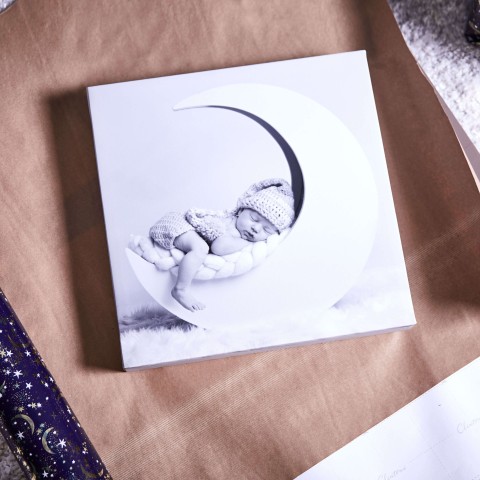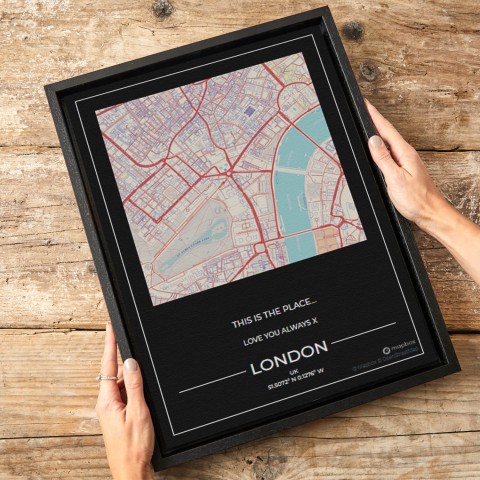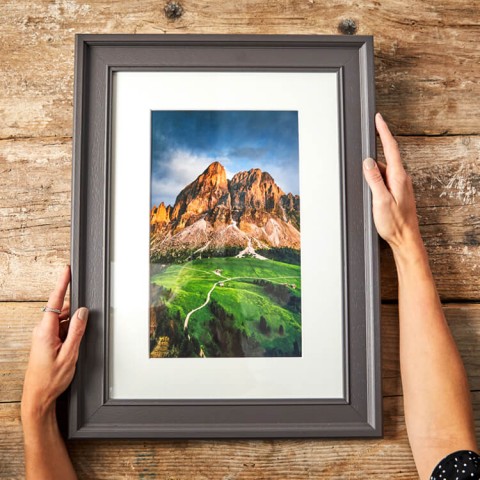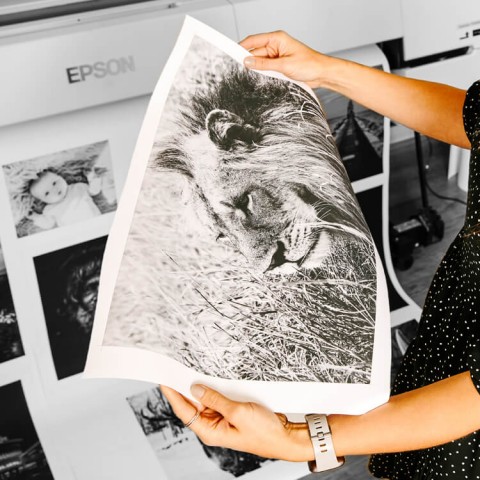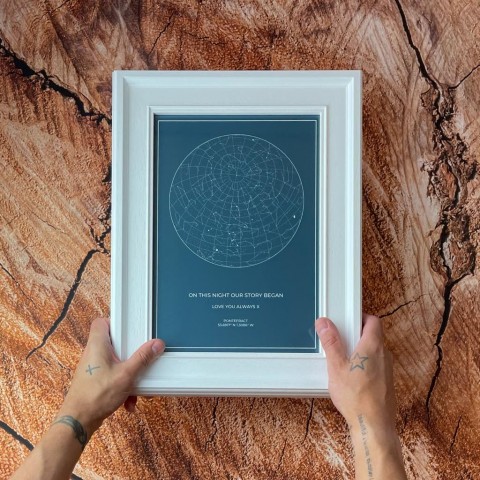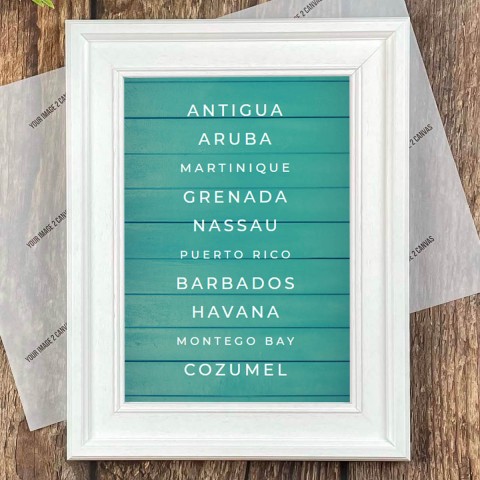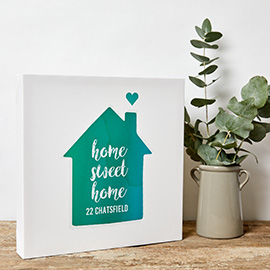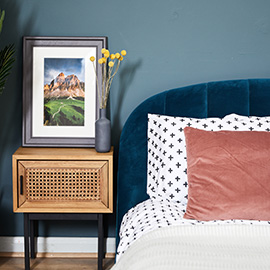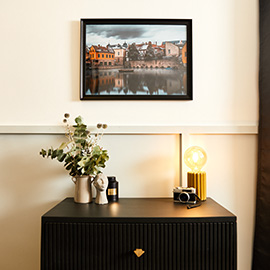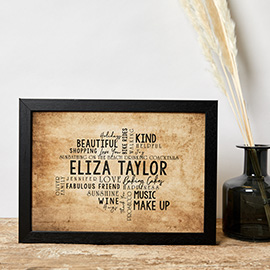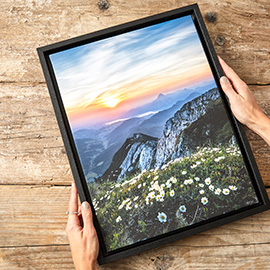American photographer William Eggleston may not be the most well-known of the great masters, but his importance cannot be underestimated – especially if you’re a serious photographer who loves to shoot in colour.
Without Memphis born Eggleston’s contribution, we may still view colour photography as the choice of the family snapper rather than a genuinely useful medium for the fine art photographer, and for that we’re truly grateful!
The Eggleston method
Initially inspired by the work of legends, Henri-Cartier Bresson and Walker Evans, William Eggleston began shooting in black and white because that’s what all of the greats used. However, he was working in almost complete isolation from other photographers and soon began to experiment with colour transparency and then colour negative film.
Focusing primarily on ordinary everyday subjects, Eggleston found that colour helped to bring the seemingly mundane to life and gave it a vibrancy that monochrome couldn’t, and it was this passion for the medium (alongside his obvious talent) that largely legitimised colour as an option for the artist.
His sense of humour and desire to document in as intimate a manner as possible is infectious and shows through in all of his work. William was never bored by a subject and looked at photography as a wonderful opportunity to get out of the house! As he said when asked about his photography:
“Often people ask what I’m photographing, which is a hard question to answer. And the best what I’ve come up with is I just say: Life today.”
Now, it’s possible to see that as an answer without depth, but when you look at Eggleston’s work you can see his sense of humour and desire to connect with the subject in as honest a manner as possible – a priceless nugget for any street photographer!
Learning from Eggleston
Eggleston was a firm believer that you get better as a photographer by taking as many photos as possible – by putting yourself in different situations and taking risks to come up with creative solutions. He would deliberately find the most mundane scene and test his ability to create something beautiful from it – to show the viewer that with the right attitude any scene can offer us something visually delightful.
So, it seems that the most important lesson to take from the work of William Eggleston is to see an opportunity to experiment every time you pick up your camera and to challenge yourself to find beauty in the everyday.


